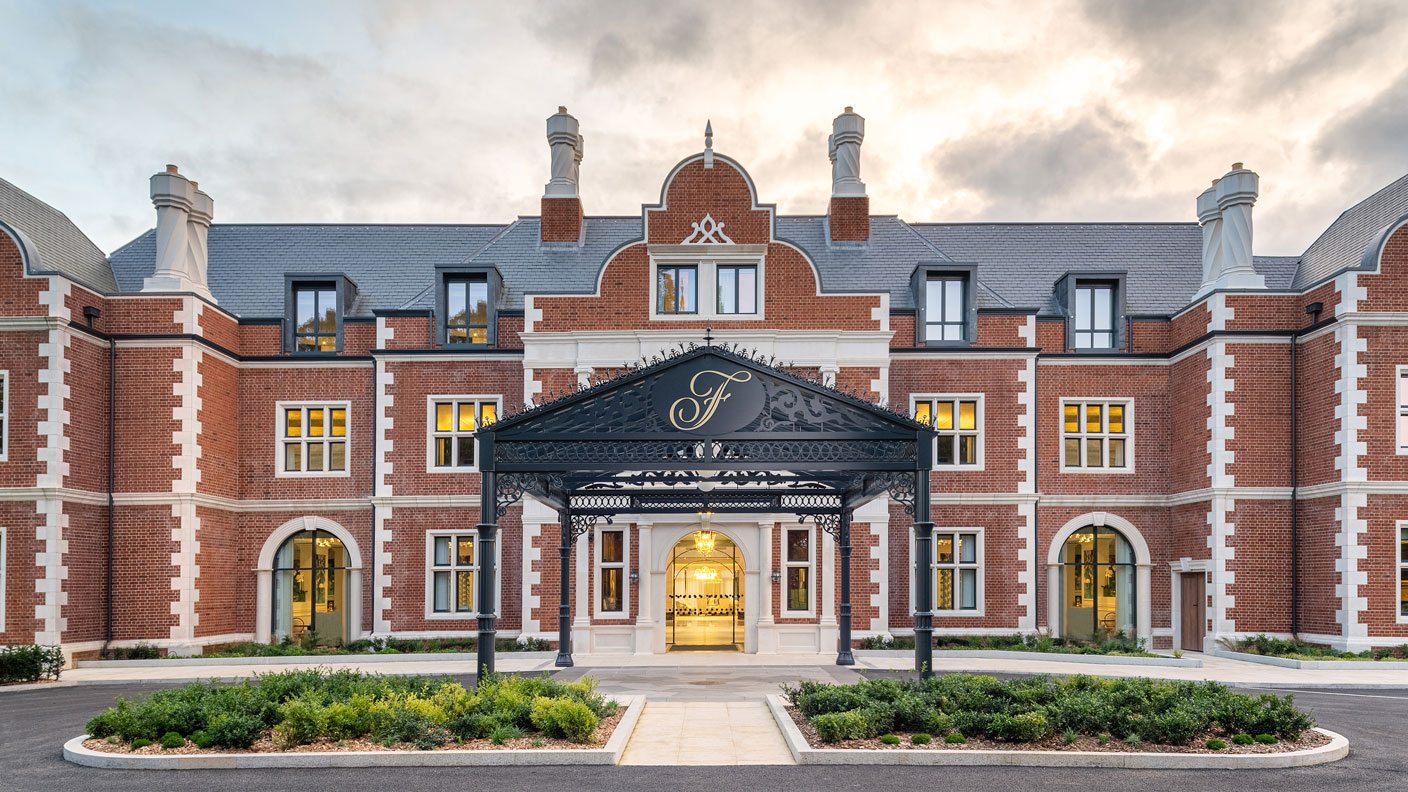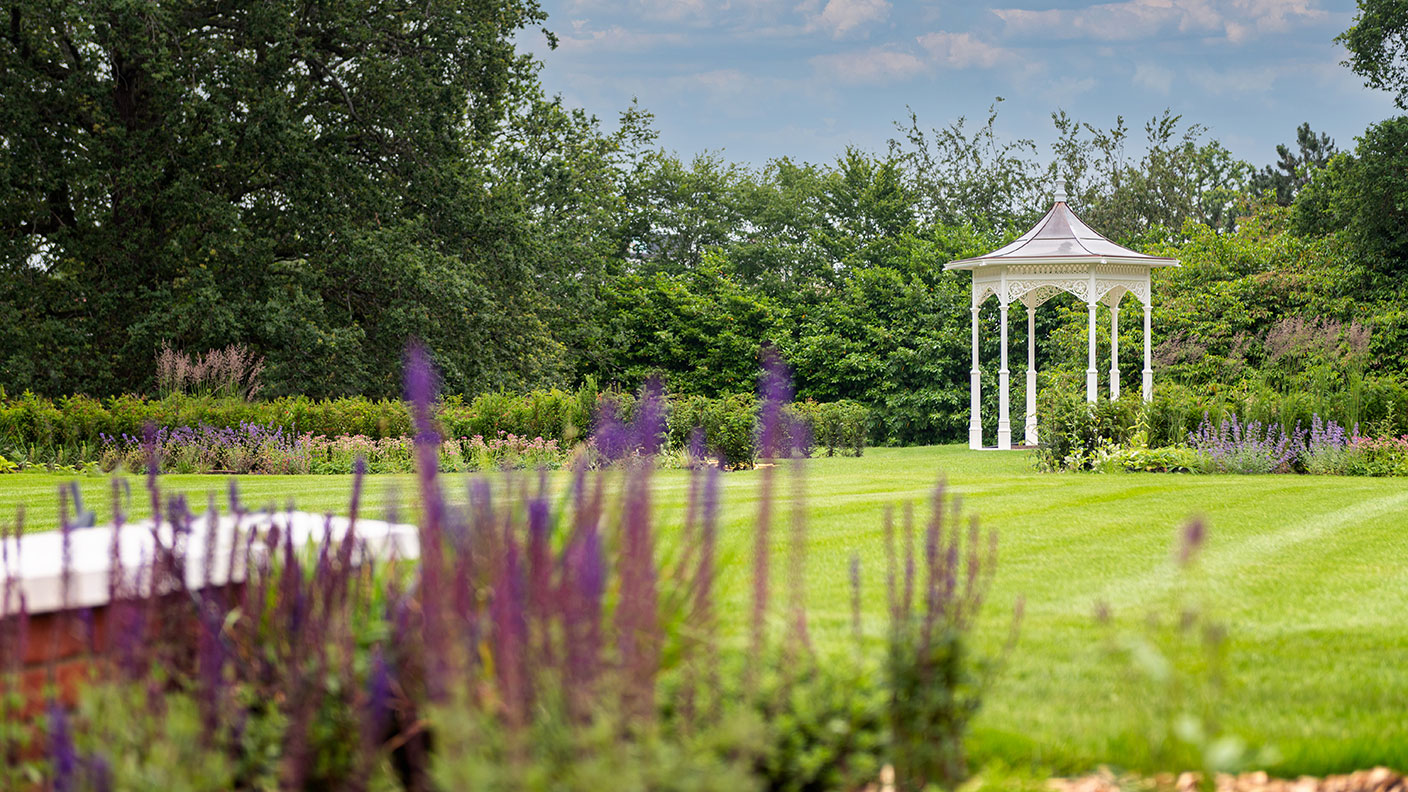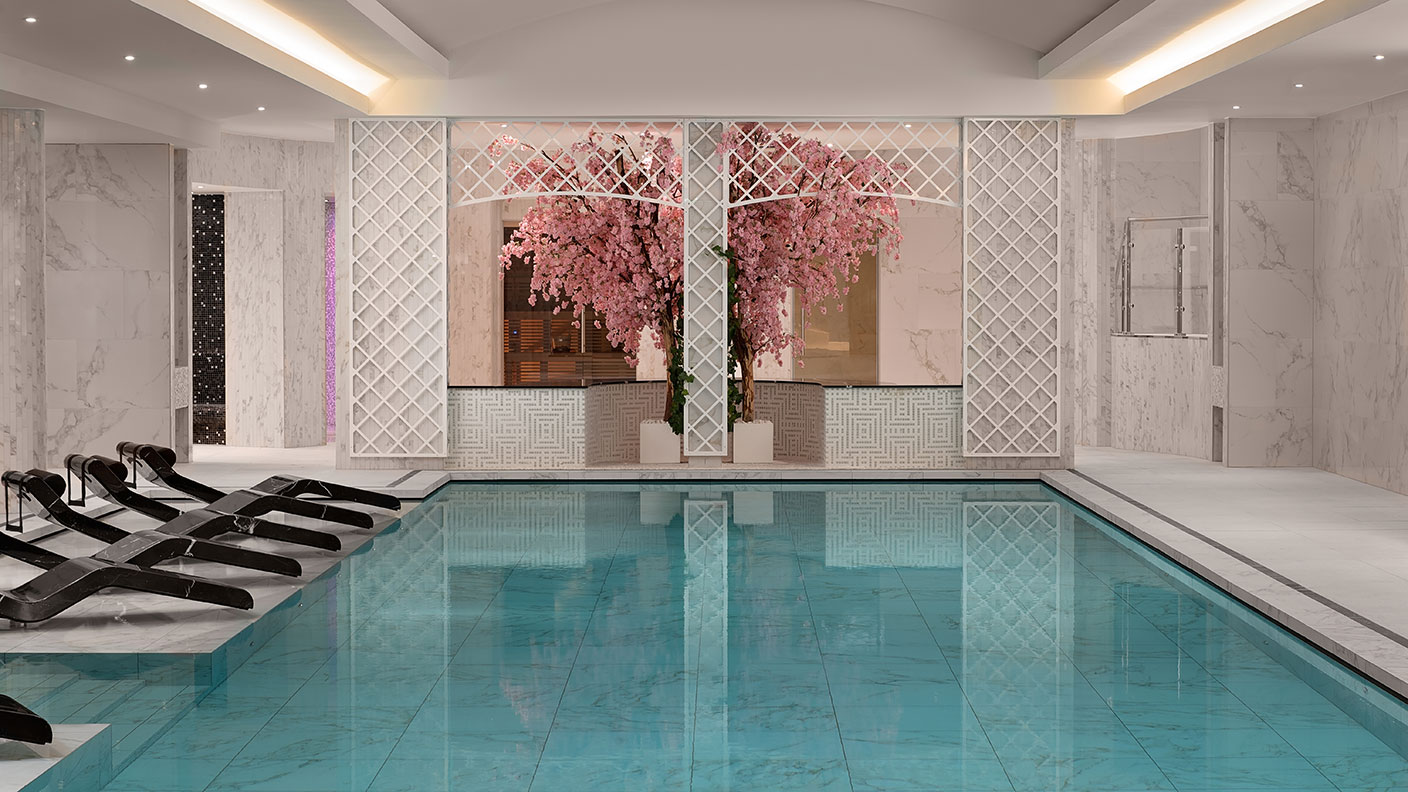Fairmont Windsor Park: a royal wonderland
Matthew Partridge enjoys fine dining and elegant luxury at this chic countryside hotel


With the coronation of King Charles III only last weekend, there is no place more appropriate to visit than Windsor Castle. It is less than an hour from London Waterloo by train, and it was where the late queen spent most of her weekends. The current monarch does too, and for good reason given the aesthetics and history. There has been a castle here since shortly after the Norman Conquest in the 11th century, and successive waves of building and re-building by various monarchs over the last millennium have resulted in an eclectic mix of styles among the various components that today make up the castle.
Chief among them is the medieval St George’s Chapel. Constructed over a 50-year period, spanning the reigns of Edward IV to Henry VIII, it is the final resting place of various monarchs, from Henry VI in 1471 to most recently Elizabeth II and Prince Phillip. It has also served as the backdrop for many royal weddings.
Charles II completely overhauled the sumptuous state apartments at the restoration of the monarchy in 1660. They would then be used by successive kings and queens down to the present day for formal occasions, surviving a fire in 1992. Full of luxurious furnishings and paintings, there is also a dollshouse here that was designed by the famous architect Edwin Lutyens to showcase British craftmanship. It contains contributions from 1,500 artists and manufacturers, including a wine cellar with miniature bottles.
MoneyWeek
Subscribe to MoneyWeek today and get your first six magazine issues absolutely FREE

Sign up to Money Morning
Don't miss the latest investment and personal finances news, market analysis, plus money-saving tips with our free twice-daily newsletter
Don't miss the latest investment and personal finances news, market analysis, plus money-saving tips with our free twice-daily newsletter

Aside from the castle, it’s worth taking a stroll down the Long Walk, a 2.5-mile avenue that runs from the castle to a statue of George III, within the 5,000-acre Windsor Great Park. Next to the statue is the deer park, home to around 500 red deer – the offspring of 40 hinds and two stags introduced by Prince Philip in 1979. The park also contains the beautiful Savill Garden, renowned for its flowers, as well as the picturesque Virginia Water Lake on the park’s southern edge.
A stylish and luxurious stay
The Fairmont Windsor Park is one hotel that is fit for a king. Located in the former home of Victorian banking magnate John Schroder about a ten-minute drive (or a 40-minute walk) from Windsor Castle, and adjacent to Windsor Great Park, it has 251 rooms and suites set amongst 40 acres of grounds. The grounds include an art trail that contains a selection of sculptures from artists Paul Vanstone and Thomas Joynes.
The bedroom suite that I stayed in was huge, with a living room, large bedroom and two bathrooms. However, the service from the staff more than matched the luxurious surroundings. For example, when I arrived soaked from a spring downpour, they arranged for my clothes to be speedily dried while I went off and enjoyed the spa facilities.
Of course, strong spa facilities are now a standard feature of most luxury hotels. However, the Fairmont’s spa and wellness area is particularly outstanding, even by the standards of its rivals. Not only does the spa offer a range of treatments and therapies that can be booked in advance, such as acupuncture and massage, but the facilities that are available to guests are also a cut above what you’d expect to find in most five-star hotels. These include a 20-metre indoor pool with a sauna, aromatic steam room, separate hot tub and a Japanese ashiyu foot bath.

There is also a second open-air pool. Crucially this is properly heated, and there is something particularly satisfying in paddling around as the rain pelts down. The spa complex even contains the Himalayan salt room – my favourite part of the whole experience – where you can recline on a bed while inhaling the salty air. It’s believed to help improve breathing and deal with various medical problems – indeed, it was so relaxing that I nearly fell asleep, and it was with a sense of deep regret that I had to tear myself away to prepare for dinner.
The Fairmont has two restaurants, – the Moreish, which is a fusion of European and Middle Eastern food, and the 1215, which focuses on fine British dining. For my dinner at the 1215, I had an excellent roast sea bream with celeriac, grape and tarragon for my starter, followed by the stone bass, roasted with salsify and chard. I then rounded it off with a selection of artisan cheeses from around the British Isles, served with chutney, grapes and crackers. Breakfast, also delicious, comprised a wide selection of treats, from pastries and cereals, to bacon and sausages.
All in all, Fairmont Windsor Park is an elegant hotel that combines the charm and style of a country house with impressive modern facilities, all in a location that puts it closest to one of Britain’s most famous historic royal palaces.
Matthew received a complimentary stay at the Fairmont Windsor Park. From £475 a night, and £1,200 for a Fairmont One Bedroom King, fairmont-windsorpark.com
Get the latest financial news, insights and expert analysis from our award-winning MoneyWeek team, to help you understand what really matters when it comes to your finances.

-
 ‘Why I have ditched my Help to Buy ISA for cash savings and the stock market’
‘Why I have ditched my Help to Buy ISA for cash savings and the stock market’Without the 25% bonus, my Help to Buy ISA is effectively redundant, says MoneyWeek writer Sam Walker.
-
 Is your inheritance tax allowance cut if you sell to downsize or sell your home to pay for care?
Is your inheritance tax allowance cut if you sell to downsize or sell your home to pay for care?Downsizing relief is a little-known benefit that could save your loved ones tens of thousands of pounds in inheritance tax after you’ve died.